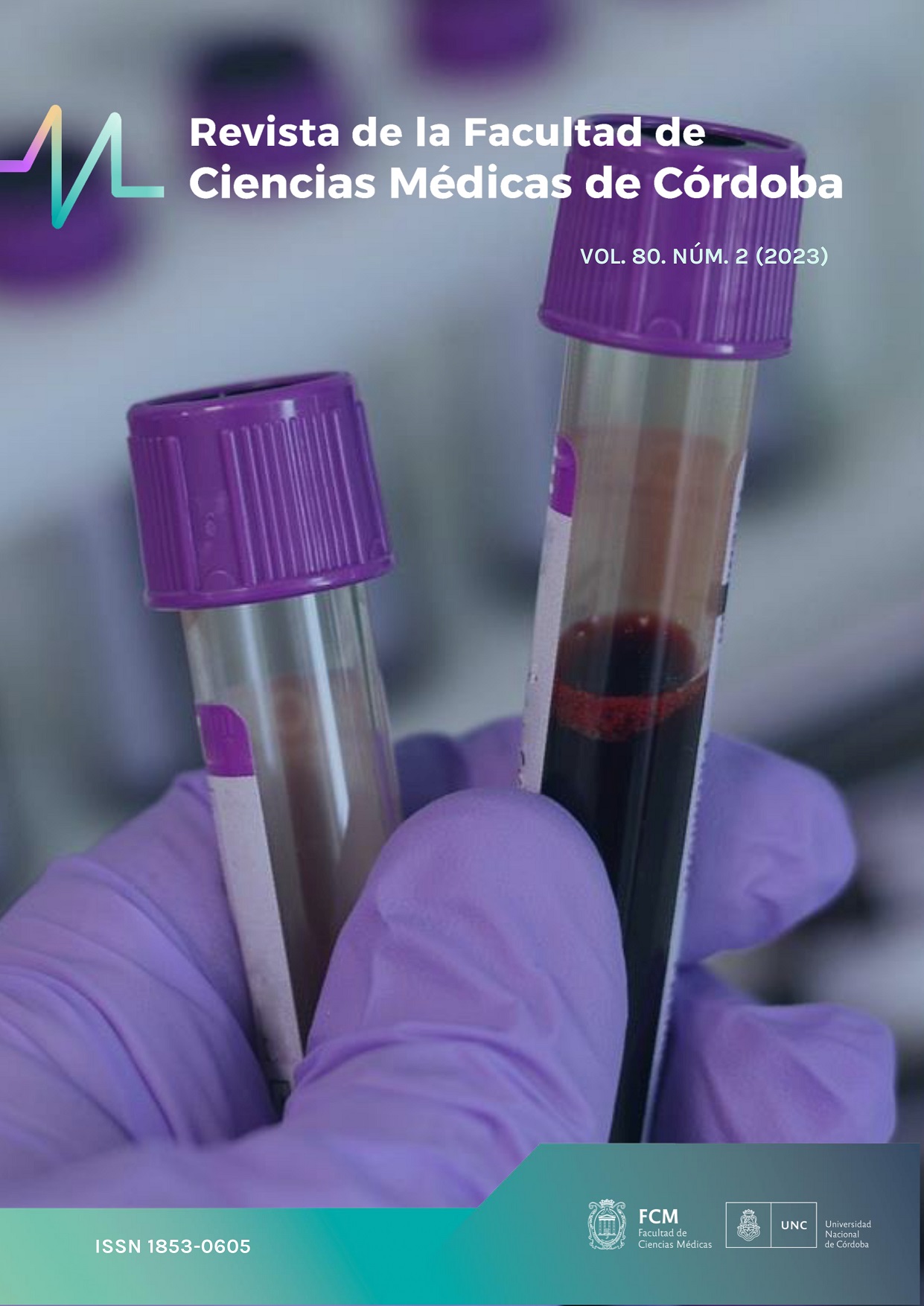Impact of dietary patterns on the tumor microenvironment of breast cancer
Keywords:
extracellular vesicles, tumor microenvironment, carbohydrates, fatty acids, fibroblastsAbstract
Substantial evidence has identified a close association between nutrition and tumor development and/or progression. In Cordoba, dietary patterns rich in carbohydrates (PBA) and saturated fatty acids (PCS), represented by fructose (F) and palmitic acid (AP), respectively, have been correlated to a higher risk for breast cancer. However, the cellular mechanisms behind that association are not fully understood. We aimed to analyze the dietary effects on the tumor microenvironment, particularly on the interaction between cancer-associated fibroblasts (CAFs) and tumoral cells mediated by extracellular vesicles (EVs).
For in vivo studies, Balb/c mice were fed for with PBA, PCS, or PBA+PCS diets for 2 months and injected s.c. with LM3 mammary tumor cells. Tumors from mice on PBA+PCS diet showed increased frequency of CAFs, collagen, and ultrastructural signs of increased EVs production by transmission electron microscopy (TEM). Immunohistochemistry with CD63 (marker of EVs) revealed more intense and diffuse staining at the cell membrane, suggesting increased exosome release. In vitro, mammary CAFs cell line F88 was stimulated with 40 mM F, 250 uM AP, F+AP or their vehicles for 24 h. EVs were isolated from supernatants by sequential ultracentrifugation, characterized by TEM and labeled with CD63. F+AP increased EVs frequencies by 20-30 nm compared to controls or F and AP alone. MCF-7 mammary tumor cells were stimulated for 24 h with conditioned media from F88 treated with F, AP and F+AP or with EVs from F88 treated equally. F88 EVs treated with F+AP increased MCF-7 cell proliferation (**p<0.01), as determined by BrdU incorporation and cell counting. This pro-tumorigenic action of EVs was inhibited by preincubating MCF-7 with genistein, suggesting clathrin-independent uptake. F88 EVs treated with F+AP decreased cell apoptosis (*p<0.05), as measured by annexin V flow cytometry in MCF-7 and MDA-MB-231 cells (triple-negative mammary tumor cells). Statistical analysis: Tukey ANOVA (P<0.05).
These results indicate that dietary patterns rich in F and AP have a pathogenic effect on the mammary tumor microenvironment, promoting the release of pro-proliferative EVs by CAFs.
Downloads
References
.
Downloads
Published
Issue
Section
License
Copyright (c) 2024 Universidad Nacional de Córdoba

This work is licensed under a Creative Commons Attribution-NonCommercial 4.0 International License.
The generation of derivative works is allowed as long as it is not done for commercial purposes. The original work may not be used for commercial purposes.











